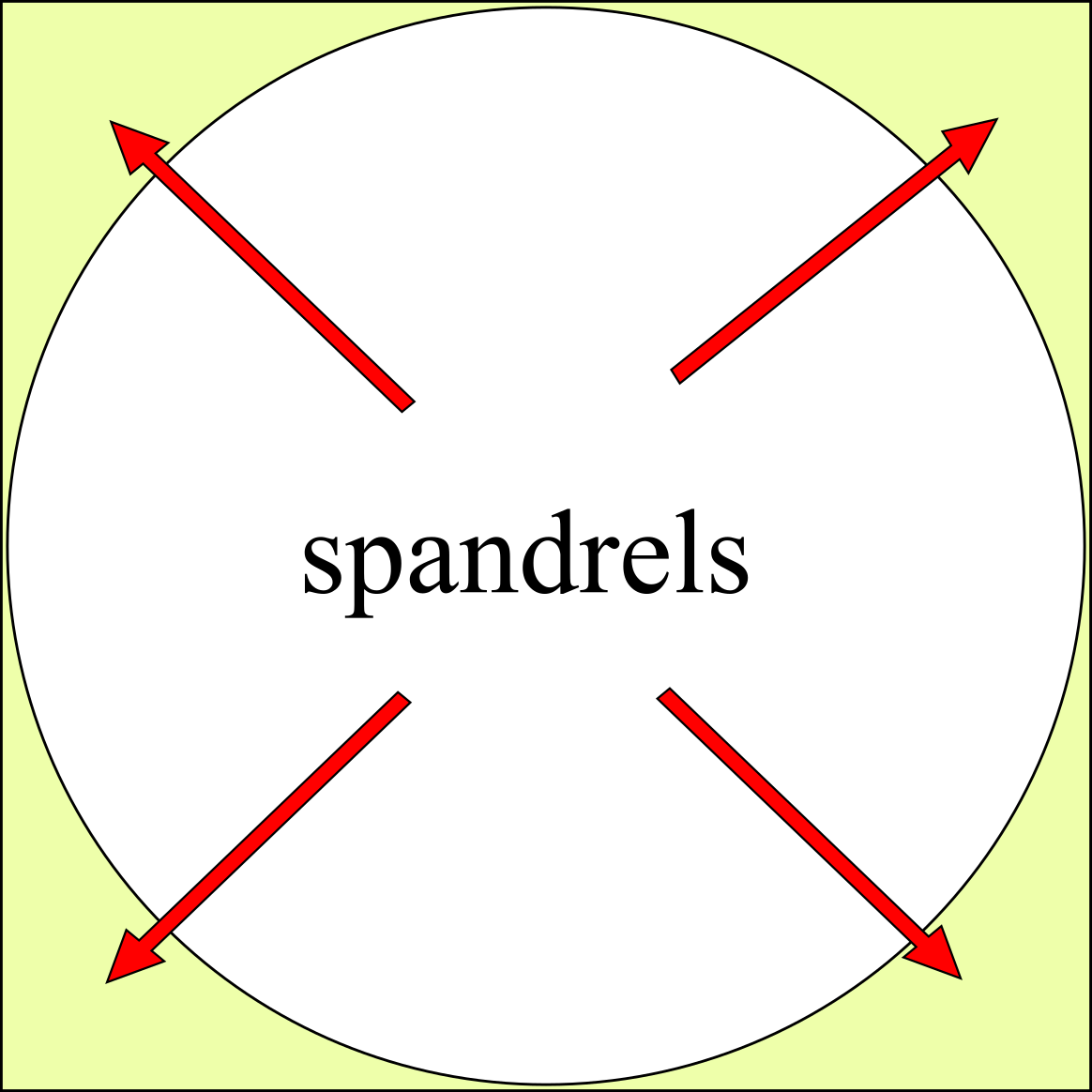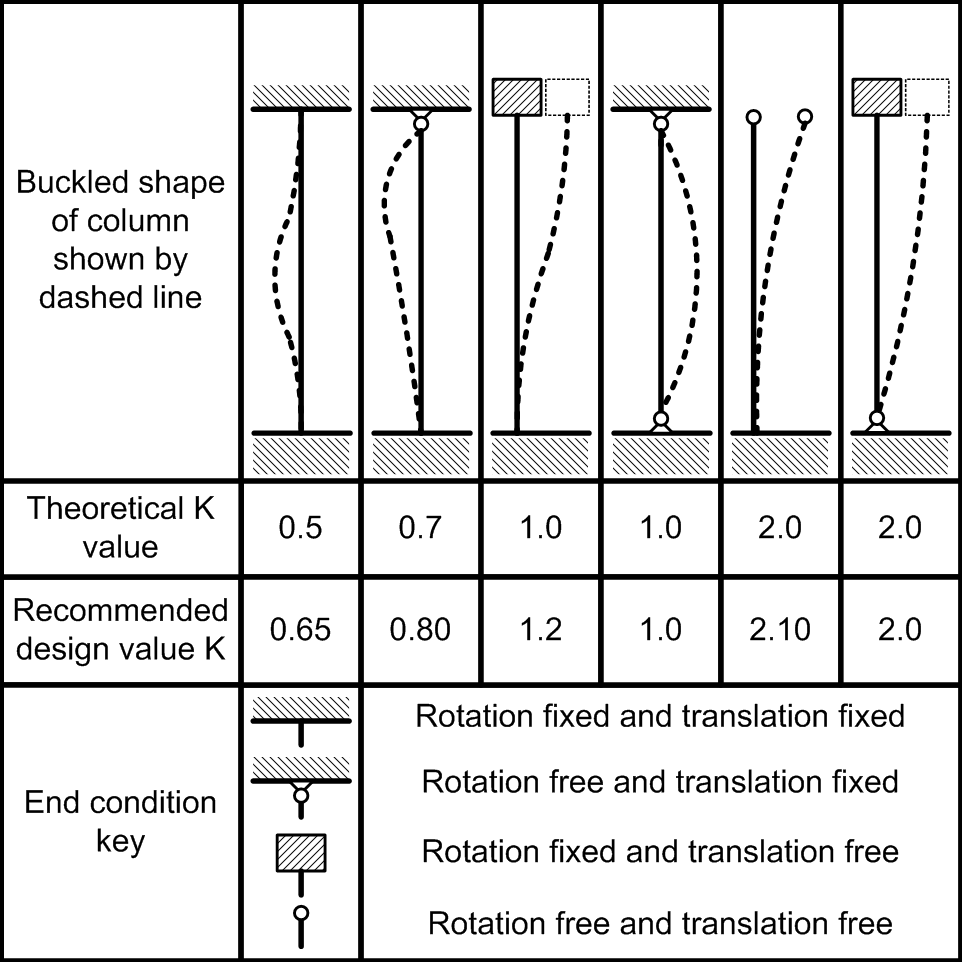|
Tumut Post Office
Tumut Post Office is a heritage-listed post office at 82–84 Wynyard Street, Tumut, New South Wales, Australia. It was added to the Australian Commonwealth Heritage List on 22 August 2012. History The valley in which Tumut is located was explored by Hamilton Hume and William Hovell in 1824, with settlers arriving later that decade. By 1852 a town existed, but the discovery of gold at Kiandra in 1859, about 80 kilometres south-east of Tumut, provided a market for Tumut's primary products, and the town began to grow. A town council was created in 1887 and a railway connection to Gundagai was opened in 1903. The area's economy was based on agriculture and later on forestry and timber. In the post-WWII period, the Snowy Mountains Hydro-Electric Scheme also brought increased prosperity and development into Tumut. Tumut Post Office, incorporating residential quarters at first floor level, was built in 1879 by Eberlin and Hoad, to designs by the Colonial Architect, James Bar ... [...More Info...] [...Related Items...] OR: [Wikipedia] [Google] [Baidu] |
Tumut, New South Wales
Tumut () is a town in the Riverina region of New South Wales, Australia, situated on the banks of the Tumut River. Tumut sits on the north-west foothills of the Snowy Mountains and is located on the traditional lands of the Wiradjuri, Wolgalu and Ngunnawal Aboriginal peoples. Tumut is often referred to as the 'gateway to the snowy' Snowy Mountains Scheme. The former Tumut Shire was administered from offices located in the town. Tumut is approximately south-west of Sydney and north-east of Melbourne. Tumut is home to a number of historic buildings, including an Anglican church designed by Edmund Blacket and a Courthouse designed by James Barnet. Many of the pubs in the town have been in use from the mid to late 1800s. Early settlers established many European deciduous trees throughout the area. The stand of Poplars, Elm and Willow, amongst others, create a well renowned display of colour over autumn. Tumut celebrates this with the yearly Festival of the Falling Leaf. Etym ... [...More Info...] [...Related Items...] OR: [Wikipedia] [Google] [Baidu] |
Spandrel
A spandrel is a roughly triangular space, usually found in pairs, between the top of an arch and a rectangular frame, between the tops of two adjacent arches, or one of the four spaces between a circle within a square. They are frequently filled with decorative elements. Meaning There are four or five accepted and cognate meanings of the term ''spandrel'' in architecture, architectural and art history, mostly relating to the space between a curved figure and a rectangular boundary – such as the space between the curve of an arch and a rectilinear bounding moulding, or the wallspace bounded by adjacent arches in an arcade and the stringcourse or moulding above them, or the space between the central medallion of a carpet and its rectangular corners, or the space between the circular face of a clock and the corners of the square revealed by its hood. Also included is the space under a flight of stairs, if it is not occupied by another flight of stairs. In a building with more ... [...More Info...] [...Related Items...] OR: [Wikipedia] [Google] [Baidu] |
Handrails
A handrail is a rail that is designed to be grasped by the hand so as to provide safety or support. In Britain, handrails are referred to as banisters. Handrails are commonly used while ascending or descending stairways and escalators in order to prevent injurious falls, and to provide bodily support in bathrooms or similar areas. Handrails are typically supported by balusters or attached to walls. Similar items not covered in this article include bathroom handrails—which help to prevent falls on slippery, wet floors—other grab bars, used, for instance, in ships' galleys, and barres, which serve as training aids for ballet dancers. Guard rails and balustrades line drop-offs and other dangerous areas, keeping people and vehicles out. British specifications British Standard and British Standard Code of Practice are harmonized to European Normal (EN) series. Handrail height is set between . US specifications Dimensions Various model codes—The International Code ... [...More Info...] [...Related Items...] OR: [Wikipedia] [Google] [Baidu] |
Gable
A gable is the generally triangular portion of a wall between the edges of intersecting roof pitches. The shape of the gable and how it is detailed depends on the structural system used, which reflects climate, material availability, and aesthetic concerns. The term gable wall or gable end more commonly refers to the entire wall, including the gable and the wall below it. Some types of roof do not have a gable (for example hip roofs do not). One common type of roof with gables, the 'gable roof', is named after its prominent gables. A parapet made of a series of curves (shaped gable, see also Dutch gable) or horizontal steps (crow-stepped gable) may hide the diagonal lines of the roof. Gable ends of more recent buildings are often treated in the same way as the Classic pediment form. But unlike Classical structures, which operate through post and lintel, trabeation, the gable ends of many buildings are actually bearing-wall structures. Gable style is also used in the design of ... [...More Info...] [...Related Items...] OR: [Wikipedia] [Google] [Baidu] |
Weatherboard
Clapboard (), also called bevel siding, lap siding, and weatherboard, with regional variation in the definition of those terms, is wooden siding (construction), siding of a building in the form of horizontal boards, often overlapping. ''Clapboard'', in modern American usage, is a word for long, thin boards used to cover walls and (formerly) roofs of buildings. Historically, it has also been called ''clawboard'' and ''cloboard''. In the United Kingdom, Australia and New Zealand, the term ''weatherboard'' is always used. An older meaning of "clapboard" is small split pieces of oak imported from Germany for use as barrel staves, and the name is a partial translation (from , "to fit") of Middle Dutch and related to German . Types Riven Clapboards were originally wood splitting, riven radially by hand producing triangle, triangular or "feather-edged" sections, attached thin side up and overlapped thick over thin to shed water. [...More Info...] [...Related Items...] OR: [Wikipedia] [Google] [Baidu] |
Eaves
The eaves are the edges of the roof which overhang the face of a wall and, normally, project beyond the side of a building. The eaves form an overhang to throw water clear of the walls and may be highly decorated as part of an architectural style, such as the Chinese dougong bracket systems. Etymology and usage According to the ''Oxford English Dictionary'', ''eaves'' is derived from the Old English (singular), meaning "edge", and consequently forms both the singular and plural of the word. This Old English word is itself of Germanic origin, related to the German dialect ''Obsen'', and also probably to ''over''. The Merriam-Webster dictionary lists the word as ''eave'' but notes that it is "usually used in plural". Function The primary function of the eaves is to keep rain water off the walls and to prevent the ingress of water at the junction where the roof meets the wall. The eaves may also protect a pathway around the building from the rain, prevent erosion of the footi ... [...More Info...] [...Related Items...] OR: [Wikipedia] [Google] [Baidu] |
Handrail
A handrail is a rail that is designed to be grasped by the hand so as to provide safety or support. In Great Britain, Britain, handrails are referred to as banisters. Handrails are commonly used while ascending or descending stairways and escalators in order to prevent injurious falls, and to provide bodily support in bathrooms or similar areas. Handrails are typically supported by balusters or attached to walls. Similar items not covered in this article include grab bar, bathroom handrails—which help to prevent falls on slippery, wet floors—other grab bars, used, for instance, in galley (kitchen), ships' galleys, and barre (ballet), barres, which serve as training aids for ballet dancers. Guard rails and balustrades line drop-offs and other dangerous areas, keeping people and vehicles out. British specifications British Standard and British Standard Code of Practice are harmonized to European Normal (EN) series. Handrail height is set between . US specifications Dimens ... [...More Info...] [...Related Items...] OR: [Wikipedia] [Google] [Baidu] |
Column
A column or pillar in architecture and structural engineering is a structural element that transmits, through compression, the weight of the structure above to other structural elements below. In other words, a column is a compression member. The term ''column'' applies especially to a large round support (the shaft of the column) with a capital and a base or pedestal, which is made of stone, or appearing to be so. A small wooden or metal support is typically called a '' post''. Supports with a rectangular or other non-round section are usually called '' piers''. For the purpose of wind or earthquake engineering, columns may be designed to resist lateral forces. Other compression members are often termed "columns" because of the similar stress conditions. Columns are frequently used to support beams or arches on which the upper parts of walls or ceilings rest. In architecture, "column" refers to such a structural element that also has certain proportional and decorative f ... [...More Info...] [...Related Items...] OR: [Wikipedia] [Google] [Baidu] |
Pedestal
A pedestal or plinth is a support at the bottom of a statue, vase, column, or certain altars. Smaller pedestals, especially if round in shape, may be called socles. In civil engineering, it is also called ''basement''. The minimum height of the plinth is usually kept as 45 cm (for buildings). It transmits loads from superstructure to the substructure and acts as the retaining wall for the filling inside the plinth or raised floor. In sculpting, the terms base, plinth, and pedestal are defined according to their subtle differences. A base is defined as a large mass that supports the sculpture from below. A plinth is defined as a flat and planar support which separates the sculpture from the environment. A pedestal, on the other hand, is defined as a shaft-like form that raises the sculpture and separates it from the base. An elevated pedestal or plinth that bears a statue, and which is raised from the substructure supporting it (typically roofs or corniches), is some ... [...More Info...] [...Related Items...] OR: [Wikipedia] [Google] [Baidu] |
Columns
A column or pillar in architecture and structural engineering is a structural element that transmits, through compression, the weight of the structure above to other structural elements below. In other words, a column is a compression member. The term ''column'' applies especially to a large round support (the shaft of the column) with a capital and a base or pedestal, which is made of stone, or appearing to be so. A small wooden or metal support is typically called a '' post''. Supports with a rectangular or other non-round section are usually called '' piers''. For the purpose of wind or earthquake engineering, columns may be designed to resist lateral forces. Other compression members are often termed "columns" because of the similar stress conditions. Columns are frequently used to support beams or arches on which the upper parts of walls or ceilings rest. In architecture, "column" refers to such a structural element that also has certain proportional and decorative fe ... [...More Info...] [...Related Items...] OR: [Wikipedia] [Google] [Baidu] |
Rafter
A rafter is one of a series of sloped structural members such as Beam (structure), steel beams that extend from the ridge or hip to the wall plate, downslope perimeter or eave, and that are designed to support the roof Roof shingle, shingles, roof deck, roof covering and its associated loads. A pair of rafters is called a ''couple''. In home construction, rafters are normally made of wood. Exposed rafters are a feature of some traditional roof styles. Applications In recent buildings there is a preference for trussed rafters on the grounds of cost, economy of materials, off-site manufacture, and ease of construction, as well as design considerations including span limitations and roof loads (weight from above). Types in traditional timber framing There are many names for rafters depending on their location, shape, or size (see below). The earliest surviving roofs in Europe are of common rafters on a tie beam; this assembly is known as a "closed couple". Later, principal raf ... [...More Info...] [...Related Items...] OR: [Wikipedia] [Google] [Baidu] |
Bay (architecture)
In architecture, a bay is the space between architectural elements, or a recess or compartment. The term ''bay'' comes from Old French ''baie'', meaning an opening or hole."Bay" ''Online Etymology Dictionary''. http://www.etymonline.com/index.php?allowed_in_frame=0&search=bay&searchmode=none accessed 3/10/2014 __NOTOC__ Examples # The spaces between post (structural), posts, columns, or buttresses in the length of a building, the division in the widths being called aisle, aisles. This meaning also applies to overhead vaults (between rib vault, ribs), in a building using a vaulted structural system. For example, the Gothic architecture period's Chartres Cathedral has a nave (main interior space) that is '' "seven bays long." '' Similarly in timber framing a bay is the space between posts in the transverse direction of the building and aisles run longitudinally."Bay", n.3. def. 1-6 and "Bay", n.5 def 2. ''Oxford English Dictionary'' Second Edition on CD-ROM (v. 4.0) © Oxford Un ... [...More Info...] [...Related Items...] OR: [Wikipedia] [Google] [Baidu] |







